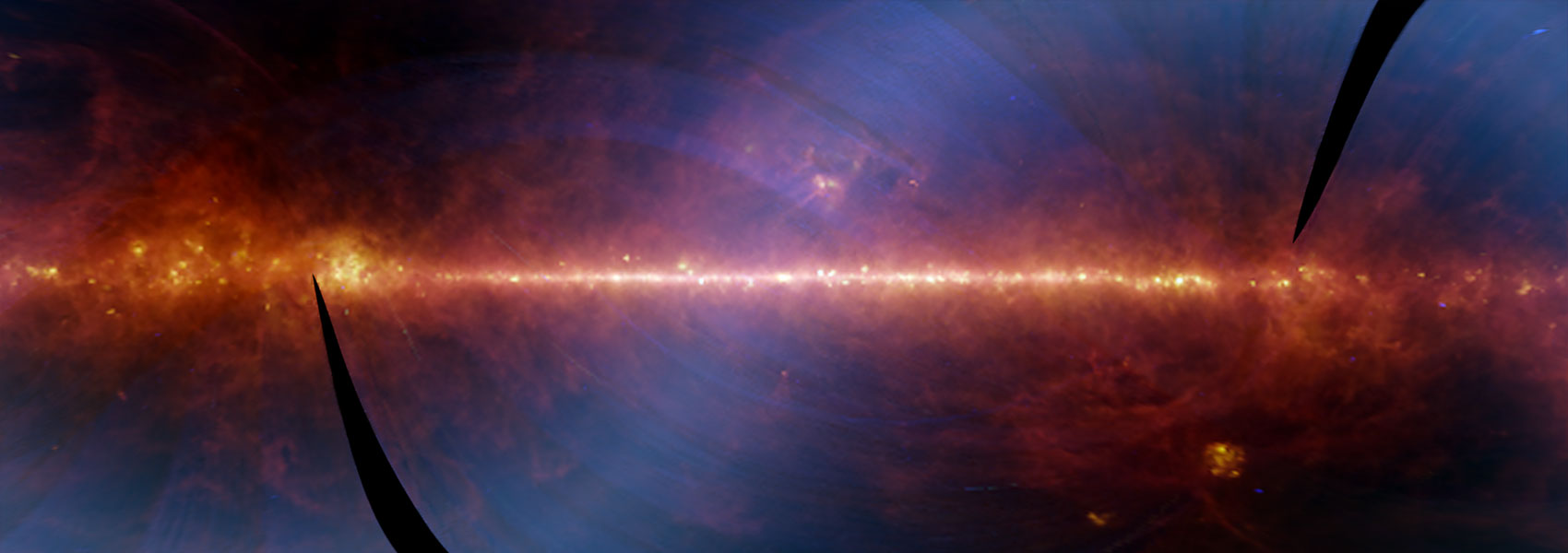March
2017
•
2017A&A...599A..23V
Authors
•
Venuti, L.
•
Bouvier, J.
•
Cody, A. M.
•
Stauffer, J. R.
•
Micela, G.
•
Rebull, L. M.
•
Alencar, S. H. P.
•
Sousa, A. P.
•
Hillenbrand, L. A.
•
Flaccomio, E.
Abstract
•
Context. The low spin rates measured for solar-type stars at an age of a few Myr ( 10% of the break-up velocity) indicate that some mechanism of angular momentum regulation must be at play in the early pre-main sequence. This may be associated with magnetospheric accretion and star-disk interaction, as suggested by observations that disk-bearing objects (CTTS) are slower rotators than diskless sources (WTTS) in young star clusters.
Aims: We characterize the rotation properties for members of the star-forming region NGC 2264 ( 3 Myr) as a function of mass, and investigate the accretion-rotation connection at an age where about 50% of the stars have already lost their disks.
Methods: We examined a sample of 500 cluster members (40% with disks, 60% without disks), distributed in mass between 0.15 and 2 M⊙, whose photometric variations were monitored in the optical for 38 consecutive days with the CoRoT space observatory. Light curves were analyzed for periodicity using three different techniques: the Lomb-Scargle periodogram, the autocorrelation function and the string-length method. Periods were searched in the range between 0.17 days (I.e., 4 h, twice the data sampling adopted) and 19 days (half the total time span). Period detections were confirmed using a variety of statistical tools (false alarm probability, Q-statistics), as well as visual inspection of the direct and phase-folded light curves.
Results: About 62% of sources in our sample were found to be periodic; the period detection rate is 70% among WTTS and 58% among CTTS. The vast majority of periodic sources exhibit rotational periods shorter than 13 d. The period distribution obtained for the cluster consists of a smooth distribution centered around P = 5.2 d with two peaks, located respectively at P = 1-2 d and at P = 3-4 d. A separate analysis of the rotation properties for CTTS and WTTS indicates that the P = 1-2 d peak is associated with the latter, while both groups contribute to the P = 3-4 d peak. The comparison between CTTS and WTTS supports the idea of a rotation-accretion connection: their respective rotational properties are statistically different, and CTTS rotate on average more slowly than WTTS. We also observe that CTTS with the strongest signatures of accretion (largest UV flux excesses) tend to exhibit slow rotation rates; a clear dearth of fast rotators with strong accretion signatures emerges from our sample. This connection between rotation properties and accretion traced via UV excess measurements is consistent with earlier findings, revealed by IR excess measurements, that fast rotators in young star clusters are typically devoid of dusty disks. On the other hand, WTTS span the whole range of rotation periods detected across the cluster. We also investigated whether the rotation properties we measure for NGC 2264 members show any dependence on stellar mass or on stellar inner structure (radiative core mass to total mass ratio). No statistically significant correlation emerged from our analysis regarding the second issue; however, we did infer some evidence of a period-mass trend, lower-mass stars spinning on average faster than higher-mass stars, although our data did not allow us to assess the statistical significance of such a trend beyond the 10% level.
Conclusions: This study confirms that disks impact the rotational properties of young stars and influence their rotational evolution. The idea of disk-locking, recently tested in numerical models of the rotational evolution of young stars between 1 and 12 Myr, may be consistent with the pictures of rotation and rotation-accretion connection that we observe for the NGC 2264 cluster. However, the origin of the several substructures that we observe in the period distribution, notably the multiple peaks, deserves further investigation.
Based on observations obtained with the CoRoT space telescope, and with the wide-field imager MegaCam at the Canada-France-Hawaii Telescope (CFHT).Table F.1 is also available at the CDS via anonymous ftp to http://cdsarc.u-strasbg.fr (http://130.79.128.5) or via http://cdsarc.u-strasbg.fr/viz-bin/qcat?J/A+A/599/A23
Links




